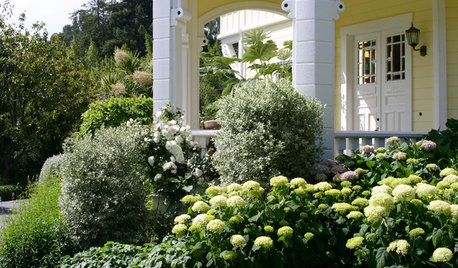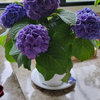Hydrangea serrata 'Kurenai'
loisthegardener_nc7b
13 years ago
Related Stories

GARDENING AND LANDSCAPINGHave a Ball With Hydrangeas
Even if you don't tinker with the hue by changing the soil, hydrangeas have an entertaining range of uses in all kinds of landscapes
Full Story
INSPIRING GARDENSWe Can Dream: Lush Life on a Historic Normandy Estate
New gardens surround centuries-old buildings on a 10-acre property in France, creating a beautiful haven
Full StorySponsored
More Discussions







ladywindsurfer
loisthegardener_nc7bOriginal Author
Related Professionals
Saint Charles Landscape Architects & Landscape Designers · Wakefield Landscape Contractors · Deerfield Landscape Contractors · Englewood Landscape Contractors · Mashpee Landscape Contractors · Merced Landscape Contractors · Mount Sinai Landscape Contractors · North Canton Landscape Contractors · Pueblo West Landscape Contractors · Selden Landscape Contractors · Weymouth Landscape Contractors · 07920 Landscape Contractors · Beaumont Siding & Exteriors · Plano Siding & Exteriors · San Jacinto Siding & Exteriorsladywindsurfer
loisthegardener_nc7bOriginal Author
ladywindsurfer
wild_belief
loisthegardener_nc7bOriginal Author
ego45